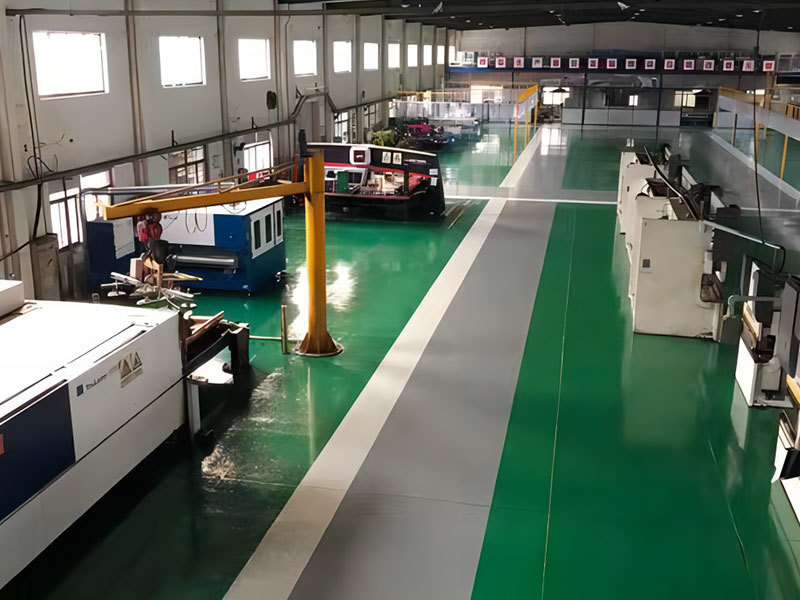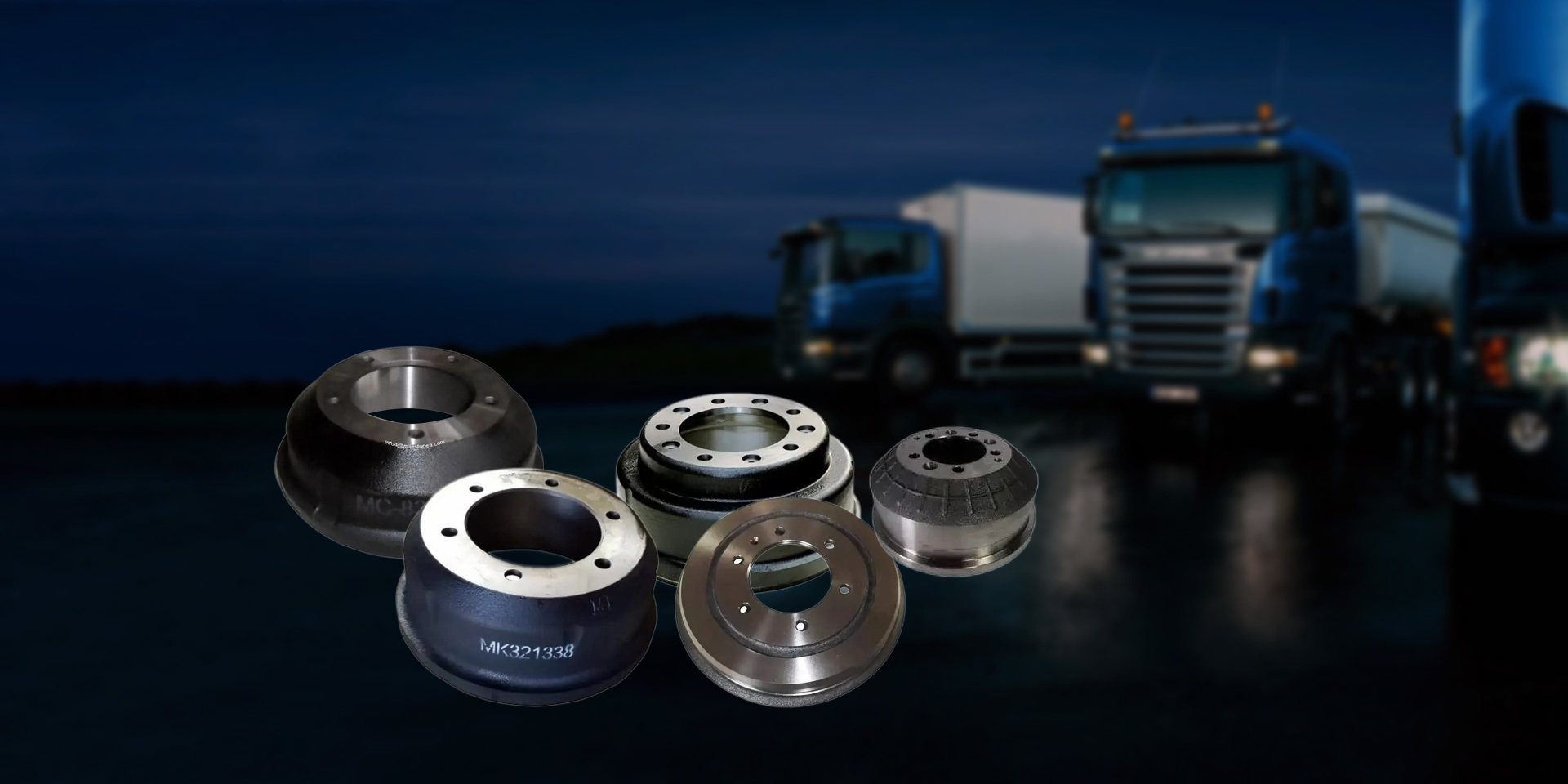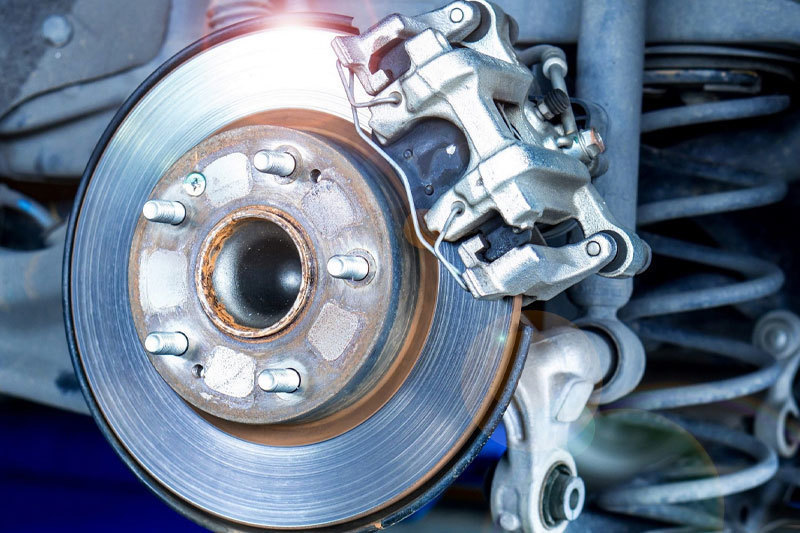Essential Brake Drum Maintenance Tips for Longevity and Performance
Release time:
14 Apr,2025
Essential Brake Drum Maintenance Tips for Longevity and Performance Brake drums play a critical role in the braking system of vehicles, providing essential stopping power and ensuring safety. Proper maintenance of brake drums not only enhances their lifespan but also improves overall vehicle performance. In this article, we will delve into effective brake drum maintenance tips designed to maximize

Essential Brake Drum Maintenance Tips for Longevity and Performance
Brake drums play a critical role in the braking system of vehicles, providing essential stopping power and ensuring safety. Proper maintenance of brake drums not only enhances their lifespan but also improves overall vehicle performance. In this article, we will delve into effective brake drum maintenance tips designed to maximize longevity and performance.
The Importance of Brake Drum Maintenance
Maintaining brake drums is not just about keeping your vehicle running smoothly; it's also crucial for safety. Neglected brake components can lead to reduced braking efficiency, increased stopping distances, and even total brake failure. Regular maintenance can help identify potential issues before they become serious problems, ensuring that your vehicle remains safe on the road.
How Brake Drums Work
Understanding how brake drums function is essential for effective maintenance. Brake drums work in conjunction with brake shoes. When the brake pedal is pressed, hydraulic pressure forces the brake shoes against the inner surface of the brake drum, creating friction that slows down the vehicle. Over time, this friction can wear down both the brake shoes and the drum itself, necessitating regular inspection and maintenance.
Signs of Worn or Damaged Brake Drums
Recognizing the signs of wear and damage is crucial for maintaining brake drums effectively. Some common indicators include:
1. Unusual Noises
If you hear grinding, squeaking, or rattling noises when applying the brakes, it could indicate that the brake shoes are worn down and the metal is making contact with the drum.
2. Decreased Braking Performance
If your vehicle takes longer to stop or feels less responsive when braking, this could be a sign that the brake drums or shoes need maintenance or replacement.
3. Vibration or Pulsation
Experiencing vibrations or pulsations through the brake pedal during braking can indicate warped brake drums, requiring immediate attention.
4. Cracks or Deep Grooves
Visually inspecting the brake drum can reveal cracks, deep grooves, or other damage. If any of these are present, replacement is necessary.
Effective Brake Drum Maintenance Tips
Now that we understand the importance of maintenance and how to recognize issues, let’s discuss effective maintenance tips to prolong the life of your brake drums.
1. Regular Inspections
Conduct regular inspections of the brake system. Check for wear on the brake pads and shoes, and examine the integrity of the brake drums. We recommend doing this at least every 10,000 miles or during routine servicing.
2. Keep Brake Components Clean
Dirt and debris can accumulate around brake components, affecting their performance. Clean brake drums and surrounding parts regularly to ensure optimal function. Use a soft brush and brake cleaner to remove debris effectively.
3. Ensure Proper Adjustment
Improperly adjusted brake shoes can lead to uneven wear on the brake drum. Make sure to check and adjust the brake shoes as needed, ensuring they make even contact with the drum.
4. Monitor Brake Fluid Levels
Low brake fluid can affect braking efficiency. Regularly check the brake fluid levels and top them off if necessary. Ensure that the fluid is clean and free of contaminants.
5. Replace Worn Brake Shoes
Worn brake shoes can cause excessive wear on the brake drum. If you notice that the shoes are worn down to the manufacturer’s minimum thickness, replace them immediately to prevent further damage.
6. Resurface Brake Drums
If the brake drums show signs of wear but are not severely damaged, they can often be resurfaced. This process involves smoothing the surface of the drum to restore its effectiveness. Consult a professional mechanic to determine if resurfacing is a viable option.
7. Use Quality Replacement Parts
When replacing brake components, be sure to use high-quality parts that meet or exceed manufacturer specifications. Cheap, lower-quality parts can lead to faster wear and potential failures.
8. Pay Attention to Driving Habits
Driving habits can significantly impact brake drum longevity. Frequent hard braking can wear out brake drums quickly. Aim for smoother driving, and anticipate stops to minimize wear on the braking system.
When to Seek Professional Help
While many maintenance tasks can be performed by vehicle owners, certain situations call for professional assistance. If you experience any of the following, consult a qualified mechanic immediately:
1. Severe Grinding or Squeaking
If grinding or persistent squeaking occurs despite recent maintenance, it could indicate severe damage requiring professional evaluation.
2. Brake Warning Lights
If the warning light on your dashboard illuminates, it’s essential to have your braking system inspected by a qualified technician.
3. Unusual Vibrations
Constant vibrations during braking may indicate warped drums or other mechanical issues that should be professionally diagnosed.
FAQs about Brake Drum Maintenance
1. How often should I inspect my brake drums?
It’s advisable to inspect your brake drums every 10,000 miles or during regular vehicle maintenance checks.
2. Can I replace brake drums myself?
While it’s possible for experienced DIYers to replace brake drums, it’s recommended to consult a professional if you are unsure about the process.
3. What are the signs that my brake drums need to be replaced?
Signs include unusual noises when braking, decreased braking performance, visible damage like cracks, and vibrations during braking.
4. How long do brake drums typically last?
Brake drums can last anywhere from 30,000 to 70,000 miles depending on driving conditions, habits, and maintenance.
5. Is it necessary to replace brake shoes when replacing brake drums?
Yes, it is generally recommended to replace brake shoes when replacing brake drums to ensure optimal performance and safety.
Conclusion
Regular maintenance of brake drums is essential for ensuring the safety and performance of your vehicle. By following the maintenance tips outlined in this article, vehicle owners can significantly enhance the longevity of their brake drums and improve overall braking efficiency. Remember, proactive measures and timely interventions can make a substantial difference in your vehicle's braking performance. Keep safety a priority, and don’t hesitate to seek professional help when needed.
Tag:
All
- All
- Product Management
- News
- Introduction
- Enterprise outlets
- FAQ
- Enterprise Video
- Enterprise Atlas
RELATED INFORMATION











